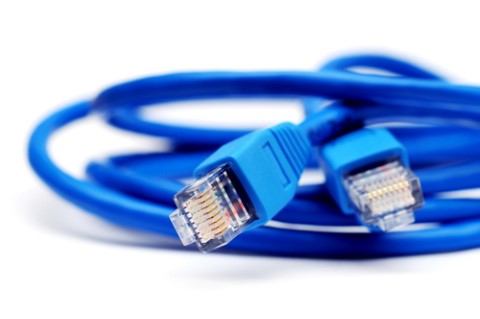What Kind of Ethernet Cable Should I Use (Cat5, Cat5E, Cat6, or Cat6A)?

Ethernet cables can look very similar, but there are some crucial differences, and choosing the right kind of cable for your network can mean the difference between a functional and a dysfunctional networking system. So what are the differences, and how can you choose which is best for you?
The networking experts at Baron Communications can help you decide which cables would be best for your network during a consultation and cabling service. But to remove some of the confusion and help you understand how these cables effect your network, it's important to know what the physical and technical differences between these cables are.
Ethernet cables are grouped into sequentially numbered categories (called "cat"s) based on their different specifications. The category is sometimes updated, as it was with Cat5E or Cat6A, and manufacturers are required to adhere to certain standard for each type of cable.
Here are a few of the key differences that can help you understand how and why certain cables are better for certain applications:
Technical Differences
The technical differences between these cables are not immediately apparently, but each category of cable does different things. Take a look at the chart below to see which categories have which qualities at a length of 100 meters:
| Speed | Mhz | |
|---|---|---|
| Cat5 | 100 Mb/s | 100 |
| Cat5E | 1 Gb/s | 100 |
| Cat6 | 10 Gb/s | 250 |
| Cat6A | 10 Gb/s | 500 |
Higher categories have higher speeds and Mhz. This is because each new category brings more stringent tests for eliminating cross-talk and adding isolation between the wires.
It would seem, then, that Cat6A cables would provide you with the best service. However, it's important to remember that just having Cat6 cables installed does not mean that you'll have a 1 Gb/s network speeds. Every connection in your network will need to support the 1 Gb speed, and in some cases, you'll need a software upgrade in order to use the available speed.
What Are Cat5E and Cat6A Cables?
- Cat5 cables were revised and, for the most part, replaced with Category 5 Enhanced (Cat5E) cables. Nothing physical changed with the cables, but more stringent testing standards are applied for cross-talk.
- Cat6 was revised with Augmented Category 6 (Cat6A), the main difference of which is testing for 500 Mhz communication capabilities. The higher communication frequency eliminates alien cross-talk which allows for a longer range at 10 Gb/s.
Determining Which is Right for Your Network
Our networking experts recommend that you have a consultation with a professional to determine which type of cable will suit your network best. We can consult with you, assess your network, and provide a full installation during a cabling service.

